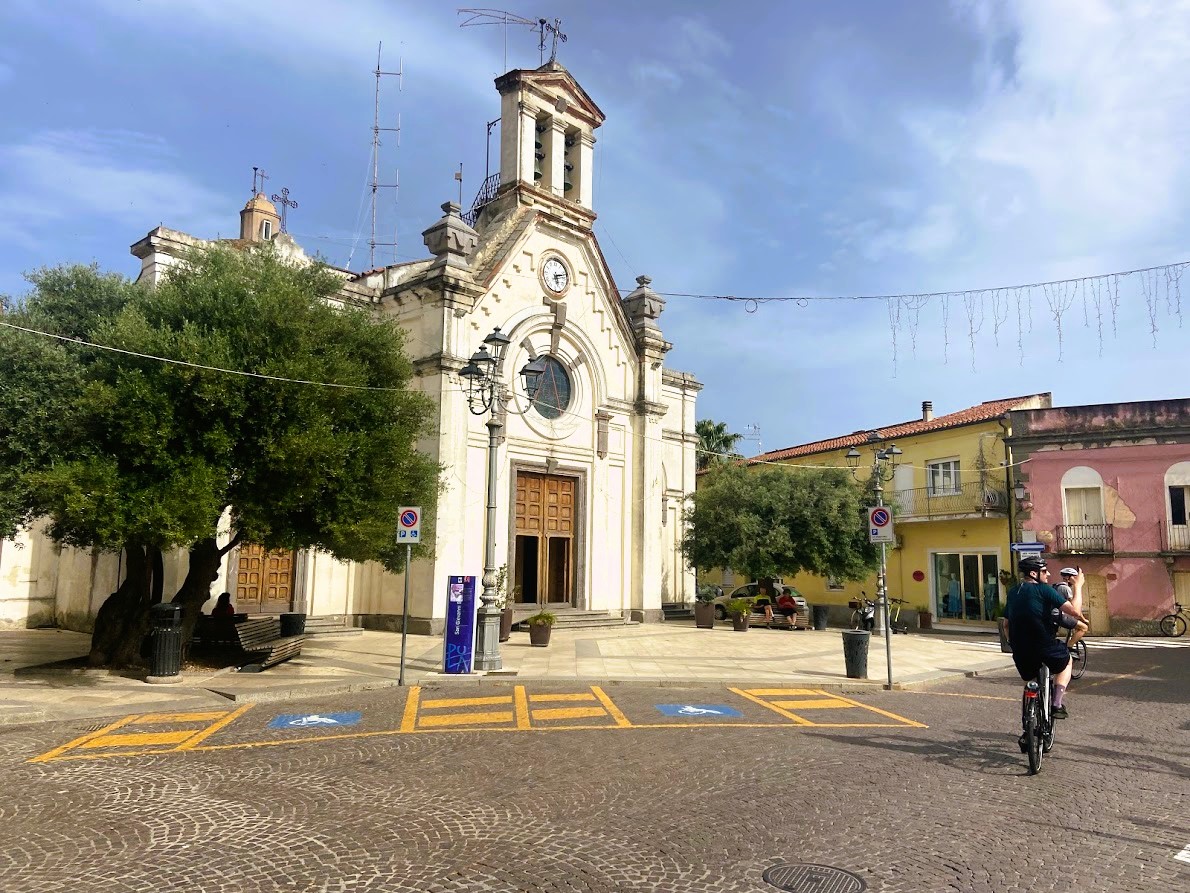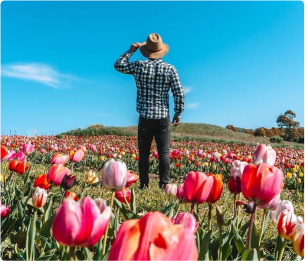
Pula
Tourist gem of southwestern Sardinia will guide you through the history and culture of the island, offer crystal clear sea, unmistakable nature and the enjoyment of good food. If you seek the sea all year round, in summer for diving and sunbathing and in autumn and winter for the poetics of genius loci, Pula is your ideal destination. The city with more than seven thousand inhabitants, only 35 km from the capital Cagliari, is a treasure trove of natural, archaeological and cultural beauty that has no competition on the island. The first hotel in Pula was opened in 1956. Since then, the city has gradually become notable for its organization and the hospitality of its inhabitants. Today, tourists can rely on the offer of first-class hotel facilities and internationally recognized prestige. Hotels are able to offer recreational services of all kinds. But even those who chose a different type of accommodation will find a wide range of opportunities here. Nightlife during the summer, cultural events and banquets in the squares, go hand in hand with excursions and sports activities. You can go for a run along the wooded paths that will lead you to the Nora Archaeological Park, where you will learn about the origins of the city. In Pula, there are the ruins of an ancient city, preserved evidence of the Phoenicians’ influence in Sardinia (from the 8th century BC), later a prosperous Punic center conquered by the Romans in the 1st century AD. This place experienced its greatest glory in the following two centuries. It is the most important crossroads of all in Sardinia. You will walk in the footsteps of three thousand years of history; you will admire the Phoenician and Punic sacred place (tophet), the remains of Punic and Roman temples and forums, mansions, baths decorated with mosaics and the amphitheater, which in Roman times had a thousand seats and today hosts the Festival of the Night of the Poets (La Notte dei Poeti). You can admire the archaeological findings from the excavations in the Giovanni Patroni Museum in Pula and in the Archaeological Museum in Cagliari. After the archeological excursion, you can wander on Nora Beach; golden sand washed by a crystalline sea and bordered by the rocky cape of the Coltellazzo tower. The bay reveals ancient history and traditions. Here stands the Church of St. Efisius (Chiesetta di Sant’Efisio), dedicated to the Christian martyr, in whose memory a holy pilgrimage takes place every year on May 3, the feast day of St. Efisius, and is widely attended by believers from Pula. Before you sit down to a plate of spaghetti allo scoglio (pasta with seafood), figs and ham, don’t miss the view of the Nora Lagoon at sunset, a place behind the bay that is home to rare birds. East of Nora lies the beach of Su Guventeddu, which is especially appreciated by lovers of kitesurfing and windsurfing even in the winter months. West you will find the long coast of Santa Margherita di Pula made up of a series of white and fine sandy bays and stripes of pink granite – Cala Marina, Cala Bernardini, Cala d’Ostia, Cala Verde and tourist resort beaches extending by crystal clear sea. The kingdom of relaxation with its vast pine forest reaches the wonderful area of Chia, near the town of Domus de Maria. The Cala Verde tourist port is located in the town of Pula, about 30 km from Cagliari. It is a pleasant and functional harbor where anchoring means experiencing the sea in all its forms. Fishing, swimming, water sports and diving are just some of the options offered to yachtsmen. The name Cala Verde, which means green bay, originates from the emerald color of the local waters. You will also be surrounded by nature in the forest area of Is Cannoneris and Pixinamanna, which are a paradise for hiking among holly oaks, Mediterranean evergreens and conifers. Follow marked hiking trails and wild thickets with dense vegetation and rare plants, explore rock formations shaped by time, watercourses and evidence of the existence of ancient civilizations. The forest complex is a wildlife oasis with deer and fallow-deer.



